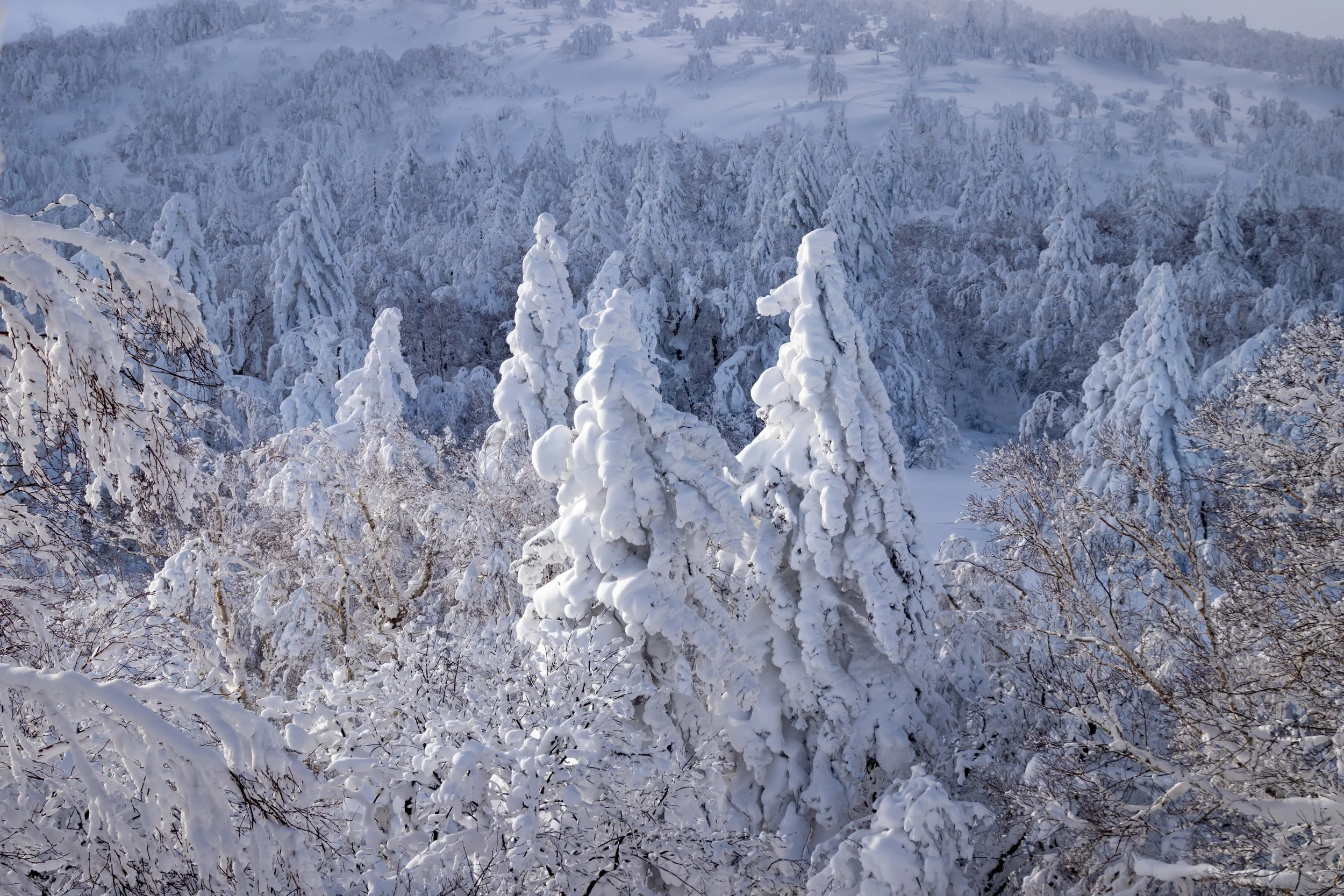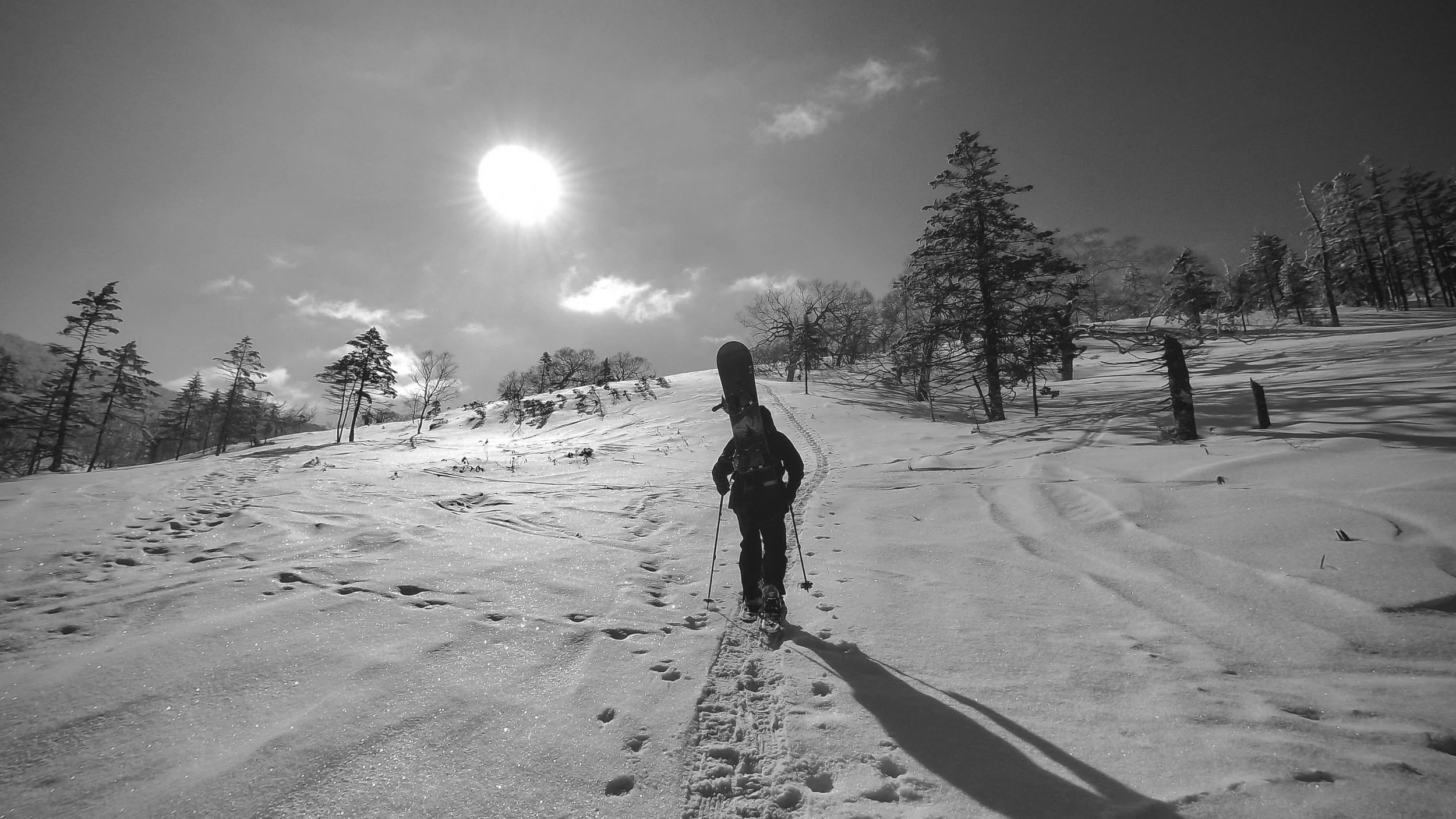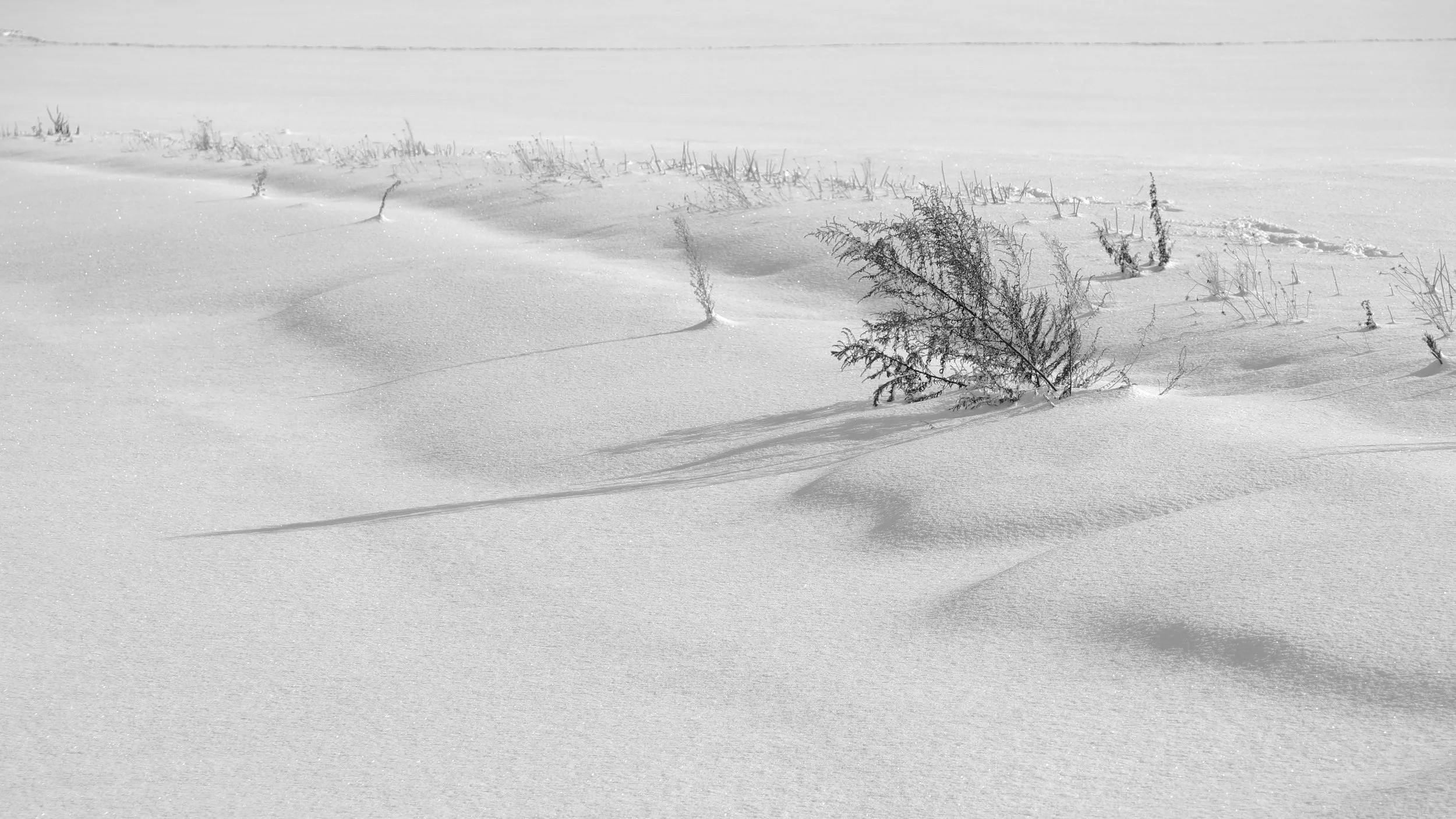Hokkaido, a hotbed of WINTER ACTIVITY
Where is Hokkaido?
Hokkaido is the northern-most island prefecture in Japan. It is the second largest island after Honshu, where the capital city, Tokyo, is located. Geographically, Hokkaido is separated from the Siberian continental shelf and Russia by the Sea of Japan.
Japan has a frontier?
While the Japanese had a small presence at the southern most tip of the island of Hokkaido, its indigenous people, the Ainu, occupied the land for centuries. With some records citing battles with them as early as the 9th century. Hokkaido (北海道) was formerly known as Ezo until 1869 when it was annexed by the Meiji government. Unfortunately, what followed was a well worn story of a subjugated indigenous population. Ethnic Japanese who migrated north were often seen as pioneers of the great frontier, a persona still somewhat holds true today. In my opinion and experience, Hokkaido has a slower pace, it is softer on traditions, and is warmer, ironically, with personal connections than down south.
In Japan, there is a corporate and governmental tradition of transferring workers around to various offices throughout the country. There is a saying that if transferred to Hokkaido people will cry twice, once when they have to come, and once when they have to leave. Meaning, they don’t want to move to the “backwards” far-north, but once they are here, they fall in love with the land and don’t want to leave.
What is JAPOW?
In winter, waters from the Sea of Japan evaporate and are picked up by the frigid northern winds blowing down from Siberia. They rise, cool, and once they hit the mountains of Hokkaido, stall and dump down some of the finest powder snow in the world. Japan Powder, known as JAPOW, is iconic for skiers and snowboarders the world over, who flock to this winter wonderland for a taste of the freshest, lightest powder snow you can find. The cold air from the North is the secret ingredient. While cities like Boston, Marseille, Toronto, and Rome all experience snowfall, none get the kind of snow that Sapporo and the great Hokkaido area receive despite being at similar latitudes.
(interested in backcountry skiing in Hokkaido? Check out my friends at NinjaPowder.com. JAPOW is their middle name!
Why do photographers flock to Hokkaido?
Hokkaido is an iconic destination, especially in the winter, for photographers who seek to add unique images to their portfolios that only the Japanese culture, landscape, and wildlife can provide. It’s a complete package deal! I thank my lucky stars that I live in this lush land and have an almost immediate access to the great outdoors. With six national parks, five quasi-national parks, 12 wetlands, 20 active volcanoes, 19 lakes, wildlife such as the red fox, sea eagles, Ezo sika (deer), and the national treasure, the red-crowned crane, there is plenty to explore and discover. That’s not even mentioning the cultural aspects like temples, shrines, the language, people, food, style, and traditions of both the Ainu and the Japanese.
What’s so special about photography in winter?
Winter is the perfect season for photography in Hokkaido. The landscape transforms so completely that even familiar locations are hardly recognizable, allowing you to see with new eyes and challenge yourself to discover new compositions. Minimalistic photography is king in winter. Complex and busy scenes are simplified under the sheer amount of snow. Colors, whether provided by the light, the wildlife, or man made structures become vastly more meaningful elements in your compositions. Contrast is taken to another level and you are likely to take photos unlike you ever have taken before. In my opinion, photography in winter is similar to Japanese Haiku poems - miniature stories that capture a moment and your imagination.
The Essence of Kamuy
The Ainu word kamuy, sometimes spelled kamui, is similar to the Japanese term kami, or “god,” but should not be mistaken as the same thing. The kamuy are the spiritual or divine beings present in the elements of nature, the plants, the animals, the weather, fire, or even man-made items such as tools. The Ainu would pay homage to them through prayer, ritual, and ceremony.
As a photographer in Hokkaido, I feel a sense of respect and of responsibility to preserve and protect the kamuy, the spirits of the land. I feel connected to this land and am touched by its beauty. I can not help but feel the presence of the kamuy and strive to capture their essence in my photographs.








